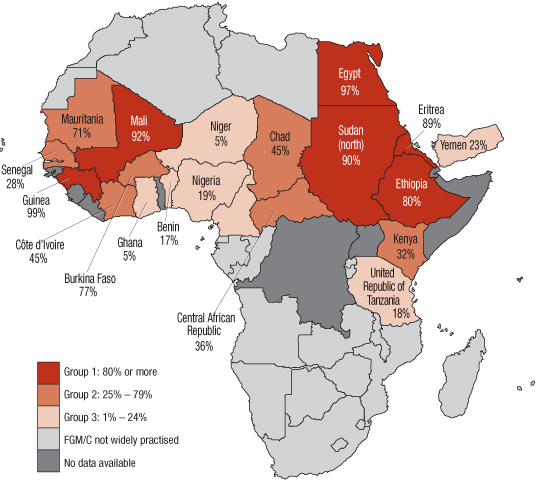My unwavering dedication to the public interest developed as a result of many factors and influences in my life that have pushed me to strive to make the dream of social justice a reality for all. While my academic and extracurricular pursuits propelled me along this trajectory, my greatest inspiration has been my family. They have challenged me to believe in others, to be passionate in leading a life of service and to respect the richness of my heritage.
Growing up, I heard stories of injustice that may seem inconceivable to some people: my grandfather’s business being confiscated in Cuba, his forced internment in the fields of Bejucal, his decision to uproot his family to a foreign country to escape the abuses of the Castro regime, as well as his years of sacrifice working three jobs to improve the life of his family and to secure for his children the privileges of freedom, education, and opportunity in the United States.
While those experiences are not alien to many immigrants, few young people possess the same passion and indignation as their older relatives. It is their grandparents’ experiences, not their own. However, I think younger generations have an obligation to learn from their cultural ancestry, share the richness of our vibrant culture, and prevent these atrocities from ever repeating themselves. Their story is my own, embedded in my commitment to the public interest field, in part because of the social schisms which can develop along racial or cultural lines.
Thinking about how culture is built into who we are (and who I am) as an individual and how it influences family dynamics is incredibly important. In addition to my passion for public interest, some of my fondest memories come from family meals during which stories like the one I mentioned were shared. Understanding diversity in families makes the study of family dynamics rich, engaging, and connected to real human experiences.



